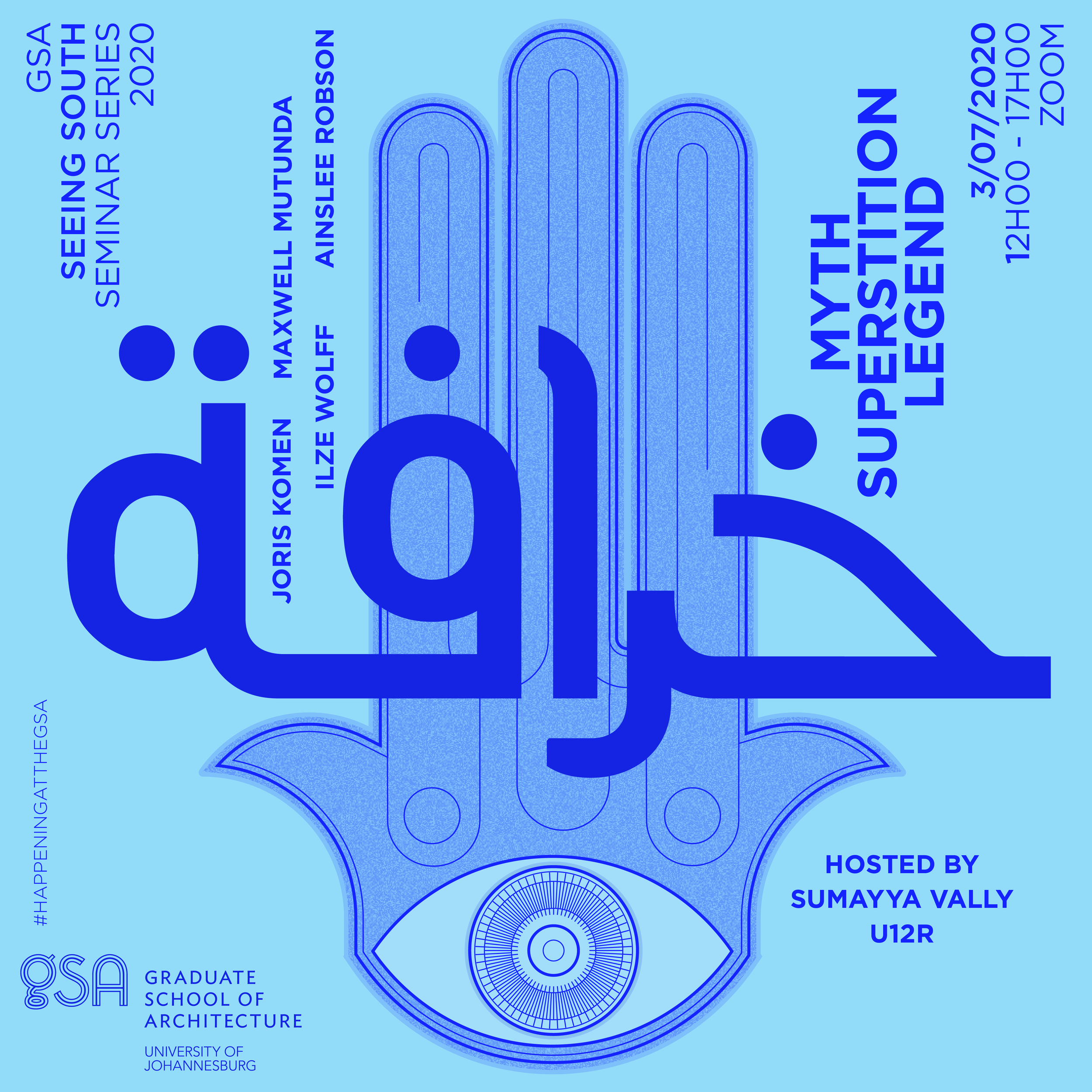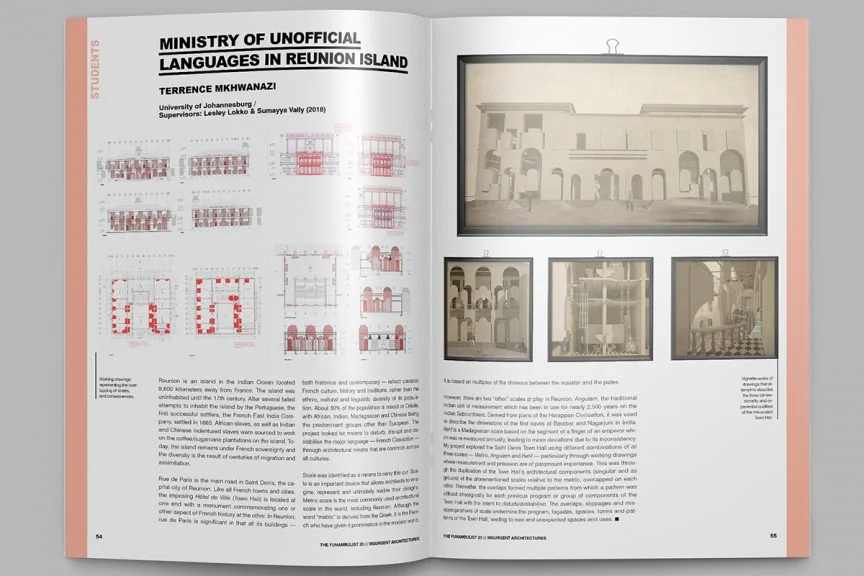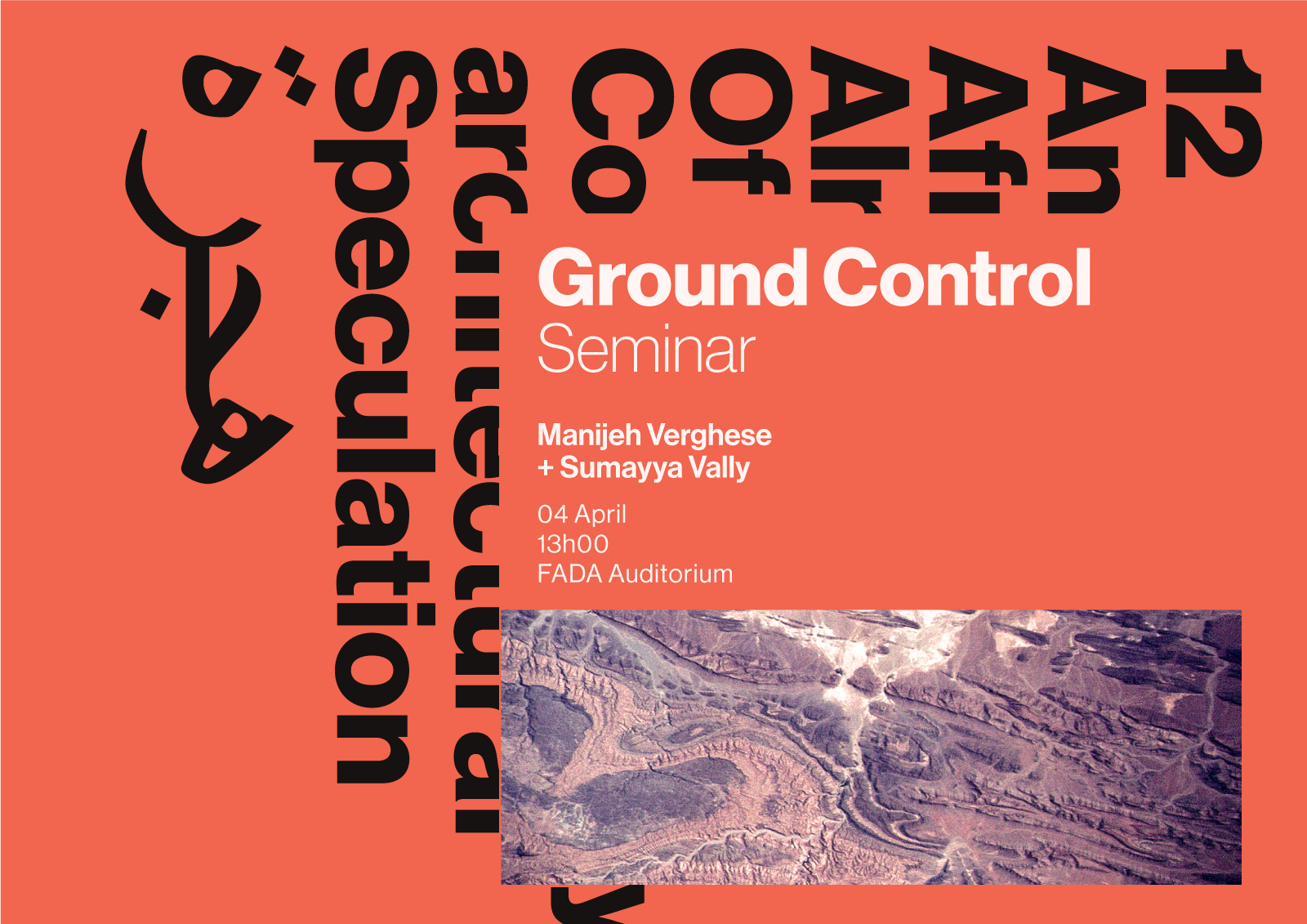The void contains in itself all the potential of the space, all the relations not written or experienced. Void is the place of tension of something that will be, a space in power, but also the only place where the recollection of reality, the composition of the parts, the fragments of life, can happen.’
Simone Pizzagalli
From the Greek διασπορά (‘scattering’, ‘dispersion’) the term ‘diaspora’ refers to a scattered population whose origins lie within a smaller, usually fixed, geographic locale. Diaspora has come to refer in particular to the historic dispersions of an involuntary nature, such as the Jewish Diaspora; the fleeing of Greeks after the fall of Constantinople; the African trans-Atlantic slave trade; the Irish after the Great Famine and, more recently, the dispersion of Syrians, Iraqis and Kurds in the aftermath of the Gulf Wars. Scholars have historically distinguished between different types of diaspora, based on different causes: imperialism, trade, labour or wars, for example. Social cohesion within diasporic communities and the strength of ties to their original or ancestral lands also varies, with some communities maintaining strong political ties with their homelands and others dreaming endlessly of return. Within architecture, however, scant attention has been paid to the spatial, urban and architectural implications of migration. Refugee camps, deportation centres and prisons appear to be the only spaces or architectural programmes that deal in any way with this most contemporary of issues, yet the epistemological potential locked into the history and experience of diasporic communities around the world has far-reaching consequences for all built environment disciplines, at multiple scales and levels, and from multiple perspectives. Unit 12 will visit the island of Réunion, a region of France separated from the ‘mainland’ by 6,000km and the outermost region of the EU, in order to uncover new potential spatial languages of movement, migration and diaspora to augment the architectural vocabulary of our times. The Major Design Project of the year will be the Ministry of Home Affairs. Projects may look at landscapes, seascapes, edge conditions, boundaries between land and sea, between past and present and between 'home' and 'away'. The aim is to challenge each student to find their own appropriate architectural tools of representation, form, structure, materiality, programme, with which to propose a new architecture that, in Derrida's words, 'bears some resemblance to that which might be found in it.'
Seeing South: Masterclass Programme
Hosted by Sumayya Vally of Unit 12R, GSA UJ
3rd July - 15th July 2020
Open Call to Architecture Students on the African Continent
Application Closing Date: Monday 29th June 2020 @ midnight.
"He didn't reveal the layers, the nuggets of information, the fragments of truth and fantasy. He didn't need to -- because, given the right conditions, the stories and truths activated, sowing themselves.”
Dear Readers,
In this project, looking South, we propose a gathering of myths from across the world. Through a documentation and overlaying of urban legends, city superstitions, folklore and mythologies.
Inspired by the form of the Alf Laylah wa Laylah, this project proposes to construct collections of archives, fables, maps, scripts, transcripts - a traffic* of ideas mutated between places, politics, relations, distances and approximations.
*traffic
Etymology from “trade and commerce” - to rub across - friction of things.
For this first phase of the project, hosted by us at Unit 12R, we are inviting you to tell us a story.
Kicking off on the third day of July, with a story-telling circle, we are hosting mystics and story-tellers from across the world - Ainslee M Robson, Maxwell Mutunda, Joris Komen and Ilze Wolff.
Over a week of intense dialogue, discussion, secrets, magic and madness; we will work closely with each of you, tutorialling and workshopping to find a design language appropriate for your story. You will learn a new design language, and your myth will contribute to a greater atlas of tales that we are developing.
In the second leg of the project, hosted by Sumayya Vally, Thandi Loeweson and Tonia Murray; we will work with invited collaborators from across the world, to document and produce a set of fables, alternative tellings of histories, politics and futures.
Rendezvous:
Be available between 3/07 and 15/07 for this special winter-school programme. Together, we will produce illustrated urban myths (A5 format - as many sheets as necessary - may be used as a booklet, a quilt, or as story-teller sees fit) accompanied by audio narrations for exhibition and publication.
If you are interested in making myth and magic with us:
Please send us a little teaser - tell us why we need to hear your burning tale - send a short (half-page) motivation to tonia@counterspace-studio.com in the form of text, a spell, a tale, an anecdote, or a small drawing, by midnight on the evening of Monday 29th June 2020. The workshop is open to all students - but space is limited - we will make a selection based on the motivations received.
"the ants?" asked Tahir.
"Do not be fooled. They look very small, so harm you don't think of then at all.
Then years. Then one day you wake up, and your home has fallen down," said Osman.
Unit 12R Presents:
عبر - Voice
Heeten Bhagat & Caryn Katz
Following the trajectory of finding the appropriate means and methods of storytelling, this first workshop, ربع (voice), focuses on one of our key investigations into modes and methods of story-telling - that of performance and voice. Leaning into the traditions of the oral and the aural, we will investigate performance as a drawing media and design tool. The arabic word ربع translates to voice, but can also translate to a crossing or passing. In this crossing, we work directly with theatre and performance practitioners to realise a new hybrid form of drawing. this will be the first of several collaborations with Heeten Bhagat and Caryn Katz in anticipation of a GSA performance, culminating at the end of the year.
THE FUNAMBULIST Nº28: OUR BATTLES
Funambulist in collaboration with Roanne Moodley
For the 28th issue, the Funambulist commissioned the brilliant Durban-based Unit 12 graduate from the GSA, Roanne Moodley to produce drawings for five of the six “battles” featured in it. These “battles” constitute punctual uprisings in the history of longer political struggles between anticolonial, antiracist, and/or antiauthoritarian movements and the forces of state oppression.
THE FUNAMBULIST Nº28: OUR BATTLES
The Border Bureau: Terrence Mkhwanazi
This sixth and last contribution to Our Battles, addresses a crucial moment of Black struggle against the apartheid in what Tshepo Madlingozi calls “the country with no name”. Terrence associates here a short text to one of his brilliant cartography of the 1976 Soweto Uprising explored in his Major Design Project, The Border Bureau, that aims to understand contradictions and complexities in systems of border control to produce new, subversive readings and configurations of border forms.
Supervisors: Sumayya Vally
Gugulethu Mthembu (GSA, Unit 12) at SSA
Jane Hall’s latest book, Breaking Ground, is a visual survey of architecture designed by women from the early 20th century to the present day. Published by Phaidon, it is “a pioneering manifesto of more than 200 incredible buildings […] from all over the world.”
To celebrate its publication, eight women architects from around the globe came together at SSA to join a panel discussion, moderated by Dean Lokko, in front of a packed house on March 3, 2020.
PALOMA TORRES
IN CONVERSATION WITH NOLAN OSWALD DENNIS MODERATED BY SUMAYYA VALLY
In the making of form with clay, as handled, moulded and shaped, the sculpted and drawn object is a design and archive of its production and place. On the 24th February we invite you to join us for a masterclass with Mexican artist Paloma Torres, whose work is located in the territory between architecture and sculpture. The masterclass consists of a morning roundtable and evening artist talk. We understand this event as a platform for facilitating a dialogue on questions of local histories and epistemologies in relation to land, earth, architecture and the city across the global south, where the south is understood as a position, location and place.
For the roundtable, Torres will be joined by South African artist Nolan Oswald Dennis in a conversation moderated by architect Sumayya Vally (Counterspace/ GSA). The conversation will engage with questions of memory, archiving and history through the material of the earth, land, roots and the planetary body in spatial, material and speculative terms
Sumayya Vally (Unit 12, GSA); Sarah De Villiers (Unit 18, GSA) and Amina Kaskar (Housing Ecologies, WITS)
Counterspace is a Johannesburg-based collaborative architectural studio, directed by an all-woman team of Sumayya Vally, Amina Kaskar and Sarah de Villiers. Much of their work emerges from research and interdisciplinary arts-based projects, undertaking predominantly architectural projects, community engagement, exhibition and installation conceptualisation and urban research and design. Their work is influenced with ideas towards inclusivity, otherness and future; and often work with other creative disciplines in the formation of innovative approaches to interesting design challenges. Counterspace is inspired by their location – Johannesburg – and aims to work with developing design expression particularly for Johannesburg and the continent – through urban research, publications, installations and architecture. Counterspace has been involved in a number of research, graphic and immersive design projects with national-scale stakeholders, local architects and various universities in South Africa; in addition to various cultural architectural projects in rural and urbanized South Africa, and internationally. The practice occupies a space adjacent to academic practice, with Sumayya leading Unit 12 at the Graduate School of Architecture, Johannesburg, founded by Prof Lesley Lokko, Sarah currently leading Unit 18 at the same institution, and Amina leading the Housing Ecologies studio at the University of the Witwatersrand postgraduate architecture school.
BLOOM: flash, expand, sprout, flourish, open, multiply, raise, stretch, amplify, swell. Let a hundred flowers bloom, let a hundred schools of thought contend. Mao Zedong. A set of blooming drawings, imaginaries, whispers and screams, dreams and memories – flash, emerge, synchronise, dissipate across 8 separate screens in a basement in Braamfontein. Immerse into the blossom of five years of growing ideas, fighting thoughts, daring experiments. Six Units – six flowers of language, risk, landscape, home, bigness and unmaking.
Conversation Rooms unfolds as a set of spaces for the prompting and recording of conversations about architecture – used in different contexts – one to one, a group discussion, a sharing circle, a solitary moment, a date. The project is conceived through a set of purpose-designed furniture pieces and choreographic movement design to foster collision, intimacy, facing toward and facing away – alternative forms for terms of engagement, in space. “What does it mean to engage with the existing archive and canon of the architect-architecture-architectural? How can we rethink the canon, in a world defined by racial capitalism, profound ecological crisis and extreme violence? How do we engage with global economies of higher education and architectural institutional frameworks from the southern tip of Africa? We take the GSA’s institutional imaginary as our starting point to question the architectural canon, curriculum and institutional imaginaries”.
– Except from Insitutional Imaginaries press release, September 2019.
A short summary of the fascinating discussion held at GSA Metro 30 July - 1 August 2019.
With contributions from Mitchell Squire, Doron von Beider, Luca Molinari, Vangile Gantsho and Sumayya Vally.
Student Review:
Roanne Moodley, Gugu Mthembu and Heidi Lu
Counterspace Studio worked with students and staff from the Graduate School of Architecture as part of the Trans-We Should All Be Feminists short film project.
This film was written, directed and produced by Counterspace Studio with Prof Lesley Lokko and Dr Huda Tayob. Filming team by One Way Up Productions.
‘SUPERSHOW! 2018’, showcasing the work of almost 100 postgraduate students -
Curated and designed by Counterspace Studio for the Graduate School of Architecture.
THE FUNAMBULIST Nº23: INSURGENT ARCHITECTURES
Ministry of Unofficial Languages In Reunion Island: Terrence Mkhwanazi
An exploration of St. Denis Town Hall using different combinations of all three scales – metric, Angulam and rahf – particularly through working drawings where measurement and precision are of paramount importance. The overlaps, slippages and mis-appropriations of scale undermine the programme, façades, spaces, forms and patterns of the Town Hall, leading to new and unexpected spaces and uses. Scale is, indeed, everything. As is language.
Supervisors: Lesley Lokko and Sumayya Vally















